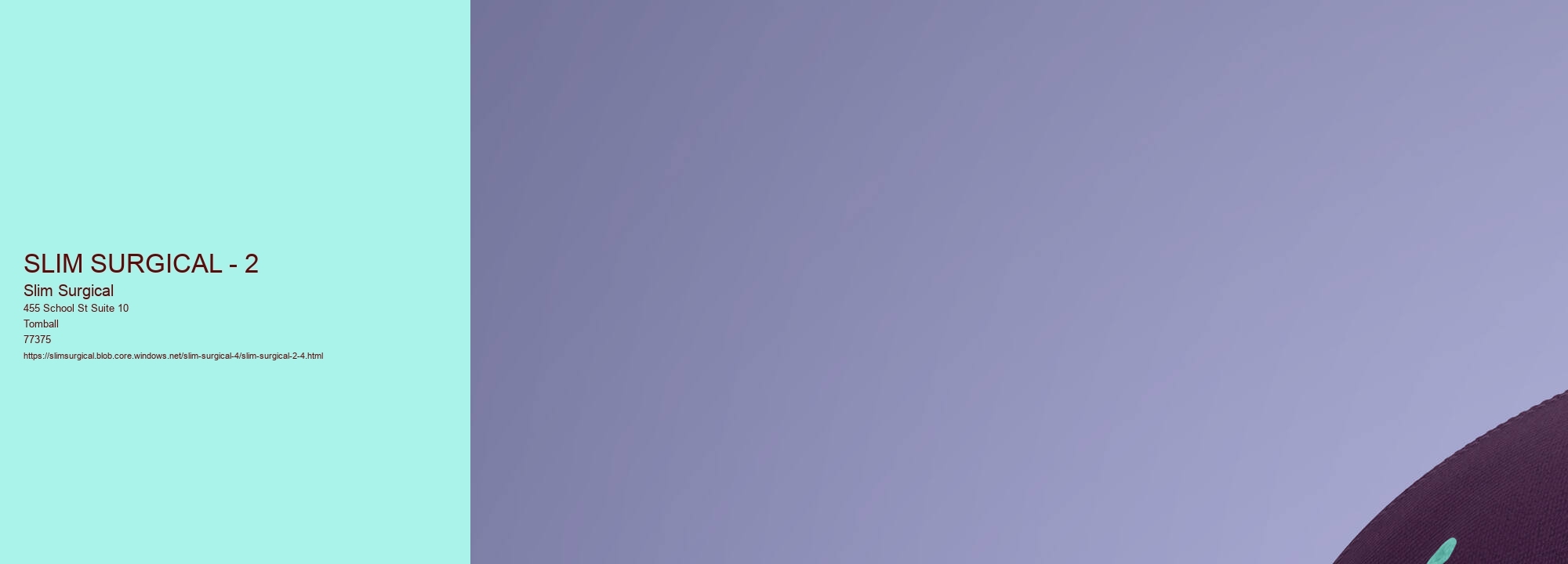The term "SLIM SURGICAL" can evoke a number of different images and ideas, most of which revolve around the concept of precision, minimization of invasiveness, and advancements in medical technology. In this essay, we will explore how these components intertwine to revolutionize modern surgical practices, focusing on the implications of what could be termed "SLIM SURGICAL - 2" – a hypothetical next step in the evolution of surgical techniques.
The word 'slim' in "SLIM SURGICAL" suggests a reduction in size or bulk, and when applied to surgery, it immediately brings to mind the ongoing trend towards minimally invasive procedures. Traditional open surgeries, which require large incisions, have been increasingly replaced by laparoscopic and endoscopic techniques that necessitate only small punctures in the skin. This shift embodies the 'slim' philosophy by reducing the physical trauma to the patient, leading to faster recovery times, less pain, and lower risk of complications such as infections.
Now, let's consider the progression to "SLIM SURGICAL - 2". This next phase could be marked by the integration of several cutting-edge technologies. Robotics, for instance, has already begun to make its mark in the surgical field with systems like the da Vinci Surgical System, which allows surgeons to perform complex procedures with unprecedented control and precision. The "2" in "SLIM SURGICAL - 2" might suggest an even more advanced generation of robotic systems, equipped with artificial intelligence (AI) that can assist in real-time decision-making during operations or even perform certain tasks autonomously under the surgeon's supervision.
Furthermore, imaging techniques have become critical in surgical planning and execution. The future may hold even more sophisticated imaging modalities, perhaps integrating augmented reality (AR) or virtual reality (VR), allowing for a 3D, real-time view of the surgical field. Surgeons could "see" beyond the surface and navigate around critical structures with enhanced precision, effectively reducing the need for exploratory surgery and minimizing the risk to the patient.
Another aspect of "SLIM SURGICAL - 2" could be the personalization of surgical instruments and implants using 3D printing technologies. Customization ensures a perfect fit and could reduce surgical times as well as the need for adjustments during procedures. This would not only improve outcomes but also contribute to the overall 'slimness' of the surgical process by streamlining the number of tools and devices required in the operating room.
The advent of "SLIM SURGICAL - 2" would also likely include advancements in surgical materials, such as biodegradable sutures or adhesives that promote natural healing, and smart materials that can adapt to the body's conditions to provide optimal support during the healing process. Such materials would reduce the need for follow-up procedures to remove or adjust surgical hardware, further minimizing the patient's overall surgical footprint.
Patient recovery and postoperative care are also critical components of the surgical process. With "SLIM SURGICAL - 2", enhanced recovery protocols could be developed, utilizing personalized medicine to tailor pain management and rehabilitation to each individual patient. This would help to ensure that the 'slim' approach continues beyond the operating room, reducing hospital stays and improving long-term outcomes.
In conclusion, the concept of "SLIM SURGICAL - 2" represents a holistic vision for the future of surgery, where every aspect of the process is optimized for minimal invasiveness, precision, and personalization. It's a future where technology, technique, and patient care converge to create the most efficient, effective, and patient-centered surgical experiences possible. As medical technology continues to advance at a rapid pace, it's not hard to imagine "SLIM SURGICAL - 2" becoming a reality, transforming the landscape of surgery and offering new hope for patients worldwide.
